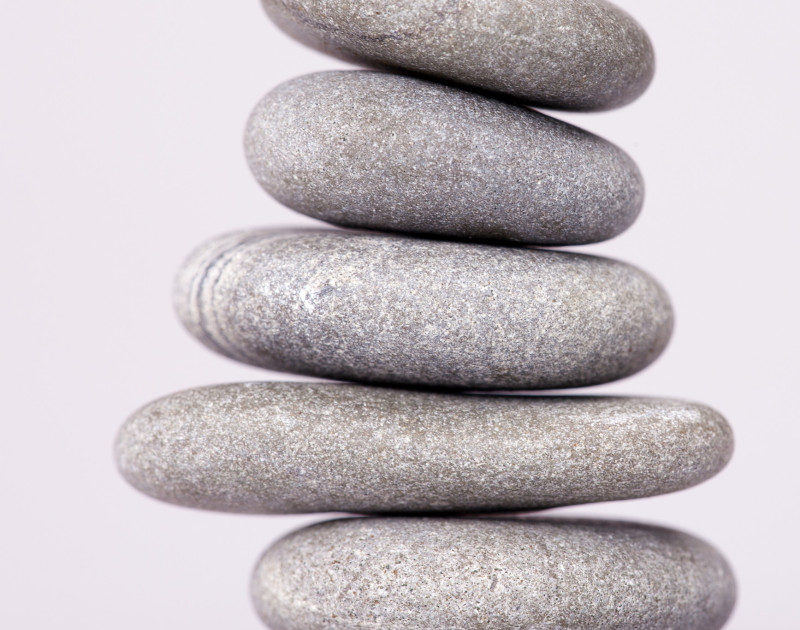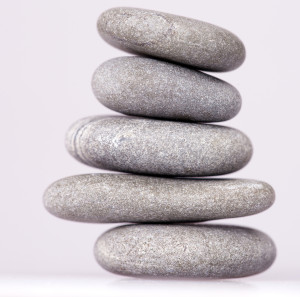False Perfection, True Equilibrium: Empty Ideals and Healthy Realities
-
June 22, 2016
- Posted by: Ellen Kandell

In the last four or five years, the internet has been in an uproar over, oddly, photoshop. It turns out the flawless dreamy skin and hourglass shapes plastered across magazine covers are generally not depictions of amazing humans; they are, rather, the portrayals of a gigantic social fantasy reproduced and made possible by sophisticated image editing techniques. The image components just don’t add up to the real versions of the people in front of the camera lenses, and people have begun demanding that editors and publishers give a more honest depiction of the societies they are representing. Consensus is growing around the idea that these misrepresentations have very real consequences: pursuing that kind of false perfection is often a patently dangerous idea. Health is rather more likely to reflect a commitment to balance and consistency, not extreme attempts to achieve superficial and unrealistic ideals.
In a recent blog post Michael Williams argues that a similar idea can be applied to our emotional well-being. Often our upbringing encourages us to conceive of our best self as a kind of flawless beacon of perfection, but in truth its more accurate to describe a healthy, sustainable self as one in ‘equilibrium.’ Seeking the “perfect” level of functioning, argues Williams, is not about holding yourself to a high, rigid bar, but following a trajectory that undulates pleasantly within a limited, consistent level of fluctuation. It’s wonderful to aim high, but to exclude the possibility of an occasional healthy dip may not be the best approach.



Nothing stays balanced without a little give and take. Think about a simple balancing exercise, on a beam or an exercise ball: if you don’t allow yourself a measure of flexibility to sway or shift your weight, you’re likely to simply fall. The same goes for our emotional selves. Cultivating a false sense of “perfect” emotional well-being may adversely mean that if anything does go wrong (does anyone have a life in which things don’t go wrong?) the fall is abrupt, hard, and reactive, with much more serious consequences.
Letting Validation Decide
In his blogpost Williams associates false perfection with an outward, approval-focused approach: if our goal is the affirmation of others, and if our self-worth is hinged on their perceptions, we might feel we need to uphold a flawless face that constantly works for them but which is probably a little internally dishonest for us. When differences or flaws do surface, we’ll likely have a panicky response to the gigantic threat of losing our status with that other person. Probably in the process we’ll experience shame, which often triggers highly reactive thoughts and behaviors, and go through a fairly arduous process to recover the impossible level of face it requires to be ‘perfect.’ Williams uses the metaphor of a kickboard: if forced down under water by adverse circumstances, reactivity becomes an emotional tool to make that quick, desperate return to the surface. Once you get back there you might be able to keep it up for a while again, but inevitably the cycle will repeat. The result is a pattern which is, in our minds, about being perfect; in reality it looks like a tumultuous, volatile rollercoaster of high peaks and painfully low valleys.
Besides being exhausting, painful, and self-destructive, this kind of emotional cycle can have serious consequences for our relationships. Reactive behavior can mean engaging in a way that’s painful for those around us: saying things that hurt feelings, doing things that undermine others. And in order to maintain a false sense of perfection we often need to stand on top of others, or diminish them to place ourselves at that imaginary (impossible) pinnacle of character or achievement.
Finding Balance
Conversely, Williams associates equilibrium with a view that is more balanced between inward and outward perspectives. “‘True’ equilibrium then, instead of being dependent on the perceptions of an outsider, is rather an intrinsic sense of personal dignity and self-worth, a felt sense of internal and external wholeness.” The result of this is the ability to take external input, but give yourself permission to accommodate and accept ‘dips’ in your sense of perfection without panicking about maintaining face. Allowing yourself the ability to fluctuate, to ‘shift your weight,’ in order to maintain balance will help keep you from taking painful dives and having to claw your way back up above the water line to catch your breath, perhaps causing trouble with relationships in the process. Remember that the surface is never flat; floating above the water line means being able to consistently ride the waves and keep your breath.
Taking a mindful approach to your emotional self is a good strategy for developing your sense of equilibrium, and you can read more about that strategy in this post.
Ellen F. Kandell is a certified professional mediator and attorney with over 30 years of public and private sector experience. She provides mediation, group facilitation and training to diverse, national clients. Get in touch with her via email, LinkedIn, Twitter, or give her a call at 301-588-5390.
